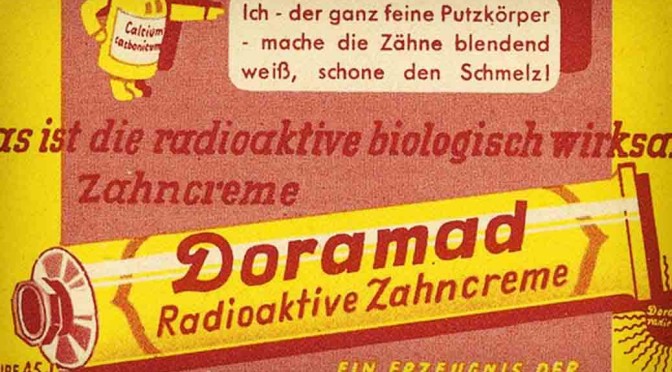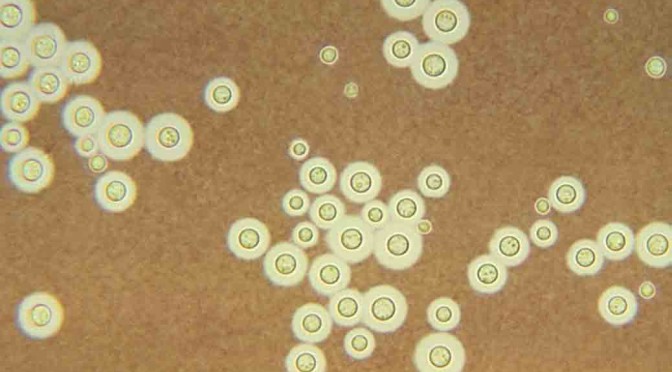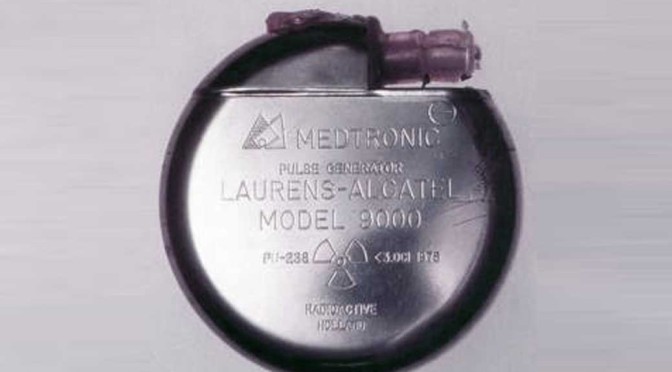By Anupum Pant
If you haven’t heard about the operation Plowshare, it was a US operation focused at developing techniques that would help them utilize the massive power of nuclear weapons for peaceful construction purposes. Now if that sounds dumb, remember, it was the year 1961 when they thought of trying it out. Look back at other things from that time and you’ll realize how dumb those times were. Maybe the next generation will say the same for the year 2014.
How would someone use nuclear weapons for construction, you ask? If you think about it, using it to make huge holes in the ground, blasting rocks for mining seems like a good idea at first. How quick it would be, right? No.
After 27 such experimental blasts, the researchers from US learnt that this wasn’t a very wise thing to do, even if it seemed like a good idea. However, they ended up inspiring the Soviets.
While US had learnt about the ill effects of it and had stopped the operation by the year 1977, Soviets made their own version called “Nuclear Explosions for the National Economy” and continued doing it till the year 1989. 156 such tests were done by them.
Among all of them, one was done at the edge of a test site in Kazakhstan. In the year 1965, a 140 kiloton device was placed at about 180 meters below the surface, and detonated. As a result, a 400 meter wide and 100 meter deep hole was created in the ground.
This hole was planed to be a reservoir for an overflowing river nearby and it eventually got filled with water. A lake was formed. It has since been known as lake Chagan.
Lake Chagan contains water that remains radioactive till date. Even today the lake has “100 times more than the permitted level of radionuclides in drinking water“. Only at a distance of about 100 to 150 meters from the lake the radioactivity levels are at a background level.
Here is the video of the test that created this radioactive lake. The audio is in some other language, so you might have to do with just the video…
via [AmusingPlanet]







